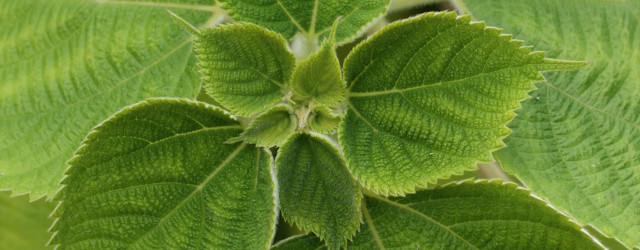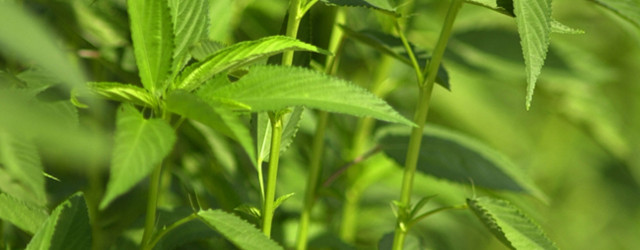Ramie
Ramie gehört zu der Familie der Nesselgewächse. Schon vor 7000 Jahren wurde die seidige und leichte Faser in Ägypten zu Textilien verarbeitet. In ihrem Aussehen ist sie dem Leinen ähnlich, ist fest, formbeständig und sehr reißfest. Da die Faser durch mehrmaliges Falten spröde werden kann, wird sie oft mit Baumwolle oder Wolle gemischt. Der Stoff gilt als Alternative zu Leinen, da er in der Herstellung deutlich günstiger ist. Warum nachhaltig? Die leinenartigen Fasern können bis zu sechs Mal im Jahr geerntet werden. Um einen hohen Faserertrag zu garantieren, geschieht dies unmittelbar nach der Blüte. Die Pflanze liefert etwa 20 Jahre lang Fasern.
Ramie
Ramie is also known as ‘Chinagrass’ and belongs to the nettle family. This silky, light fibre was used in textile manufacture in Egypt as early as 7,000 years ago. Similar in appearance to linen, it is strong, keeps its shape well and is highly tear-resistant. As this fibre can become brittle if folded repeatedly, it is often mixed with cotton or wool. The fabric is used as an alternative to linen as it is significantly cheaper to manufacture. Why choose sustainable ramie? These flax-like fibres can be harvested up to six times a year. To guarantee a high fibre yield, harvesting takes place immediately following the flowering phase. The plant provides fibre for up to 20 years.


